MALTA
History

History

Cities in MALTA
| Valetta |
History
Prehistory
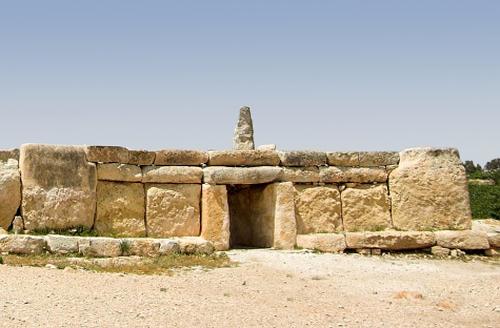 Megalithic temple of Hagar Qim, MaltaPhoto: Hamelin de Guettelet CC 3.0 Unported no changes made
Megalithic temple of Hagar Qim, MaltaPhoto: Hamelin de Guettelet CC 3.0 Unported no changes made
The first Maltese were farmers who kept cattle and made some pottery. They probably came from Sicily around 5200 BC. At this time, people still lived in caves. This earliest civilisation came to an end around 4100 BC.
Around that time, people left the caves and started living in small villages. About 3600 B.C., people of the megalithic culture came to Malta. They made buildings of large stones, comparable to Stonehenge in England.
Remarkably, these temples are the oldest free-standing buildings in the world!
Another striking remnant of prehistory are the enormous "cart tracks". The tracks lie approx. 1.30 m apart and are up to 75 cm deep. They form a still unsolved mystery
Antiquity
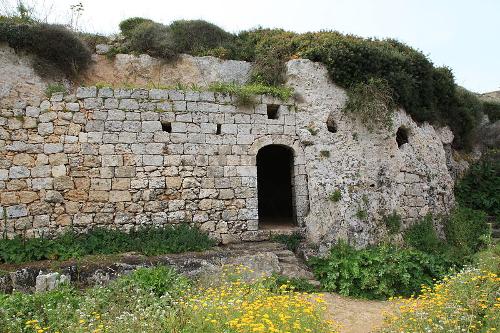 Roman Baths, MaltaPhoto: Fran Vincentz CC 3.0 Unported no changes made
Roman Baths, MaltaPhoto: Fran Vincentz CC 3.0 Unported no changes made
The first Phoenicians arrived in 800 B.C. and established trading posts. They discovered that Malta was a very useful port for them on the crossing from Sicily to Africa. Moreover, Malta was of great strategic importance from a military point of view. They were followed by the Punic people of Carthage, who were expelled by the Romans after their defeat in the Second Punic War in 218 BCE. According to tradition, the Apostle Paul was shipwrecked in 56 AD on Malta; he is said to have founded a Christian congregation there. When the Roman Empire split in 397, Malta probably belonged to the Byzantine or Eastern Roman Empire.
Middle Ages and New Times
In 870, Malta was conquered by Arabs from Tunis. Little tangible remains from that period. However, their arrival has had a great influence on the Maltese language. After the conquest by Roger of Normandy in 1090, Malta belonged to the rulers of Sicily. Especially from the thirteenth century onwards, Malta has suffered a lot from ever changing rulers. The islanders were exploited and also regularly visited by North African and Turkish pirates.
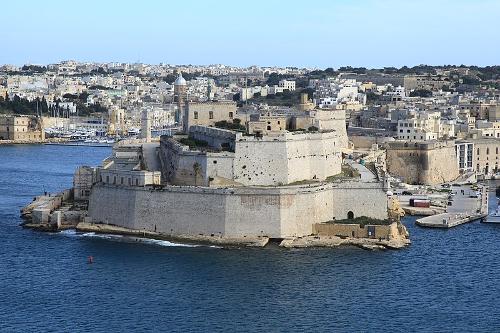 St. John's fortress St Angelo on MaltaPhoto: Frank Vincentz CC 3.0 Unported no changes made
St. John's fortress St Angelo on MaltaPhoto: Frank Vincentz CC 3.0 Unported no changes made
In 1530, Charles V gave the islands to the Military Order of St. John of Jerusalem, the Johannites. In 1565, the Johns were able to withstand a four-month siege by the Turks. They were hailed throughout Europe as the saviours of Christian civilisation. In 1571, the Turks suffered a major defeat at Lepanto and the Turkish threat slowly subsided. The French Revolution in 1789 dealt the Johannites a heavy blow as all their possessions in France were confiscated. In 1798, Napoleon Bonaparte, on his way to Egypt, took control of Malta without a struggle. His reign soon led to a revolt against the garrison and, with British support, the French were driven out in 1800. With the Treaty of Paris (1814), the British made Malta a British Crown Colony and Fleet base, which became essential to the British shipping route to India after the opening of the Suez Canal (1864).
20th Century
In the First World War, ships damaged in the war were repaired in Malta. Many wounded soldiers from the front were also cared for. In 1921 Malta was granted limited autonomy and its own parliament. However, the constitution was repealed in 1933 because the Maltese threatened to join Mussolini's fascist Italy.
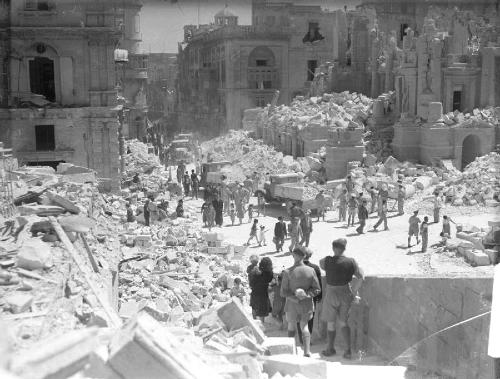 Damage after bombing in Valetta, June 1942Photo: Public domain
Damage after bombing in Valetta, June 1942Photo: Public domain
During the Second World War, Malta was of great strategic importance to the Allies in North Africa and later for the invasion of Sicily. Malta was attacked by the Italian and German air forces but held out despite a blockade and 2000 air raids. There were thousands of casualties, tens of thousands of houses were destroyed and the population went hungry. Malta was rewarded with the high British military decoration, the George Cross, which can still be found on the national flag. In 1947, a new constitution came into force, which was suspended in 1958, after the Mintoff government resigned due to the failure of its policy to integrate Malta with Britain. Malta's declining strategic importance due to the collapse of the British Empire and the reduction of British defence forces, eventually led to the granting of independence on 21 September 1964.
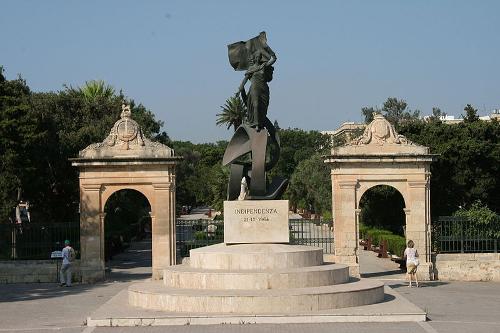 Malta Independence MonumentPhoto: A Ocram in het publieke domein
Malta Independence MonumentPhoto: A Ocram in het publieke domein
In 1974, the republic was proclaimed and the privileged position of the Roman Catholic clergy ended. In 1979 the contract with the British fleet expired and the last British troops left. The years 1980-87 were turbulent times. Especially when the government tried to get a grip on private education in 1984, this led to a major conflict with the Roman Catholic Church. Mintoff resigned in December 1984 in favour of his self-elected successor K. Mifsud Bonnici. In 1985, the school dispute ended with an agreement with the Vatican. The run-up to the 1987 elections was turbulent and violent. An amendment to the constitution was made, which meant that from now on the party with an absolute majority of votes would also have a majority of seats in parliament. This allowed the PN to take over the government after a peaceful change of power. E. Fenech Adami became Prime Minister.
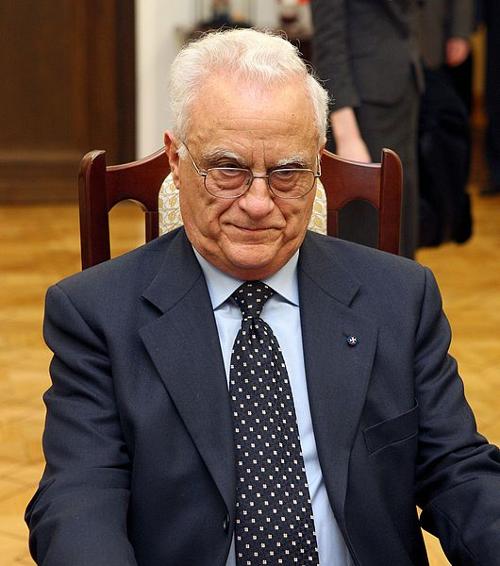 Edward Fenech Adami, Prime Minister and later President of MaltaPhoto: Michal Koziczynski CC 3.0 Poland no changes made
Edward Fenech Adami, Prime Minister and later President of MaltaPhoto: Michal Koziczynski CC 3.0 Poland no changes made
In April 1994, the former leader of the ruling Nationalist Party, Ugo Mifsud Bonnici, was sworn in as president to succeed Vincent Tabone. The parliamentary elections of October 1996 were held on the issue of Malta's accession to the EU, for which an application had been made in 1990. In November 1996 the EU was informed that Malta no longer wished to be a member of the EU. The reason for this was that the economy continued to develop well, mainly due to the rapid growth in tourism.
21th century
On 1 May 2004, Malta joined the European Union.
The policy of the opposition MLP party has changed since Malta's accession to the EU. The party now supports Maltese membership and is gradually transforming itself into a more modern and pragmatic social democratic party, inspired by similar processes in sister European parties. This was reflected in the Maltese Parliament's unanimous ratification of the Constitutional Treaty (on 7 July 2005) and the Accession Treaties with Romania and Bulgaria (on 24 January 2006).
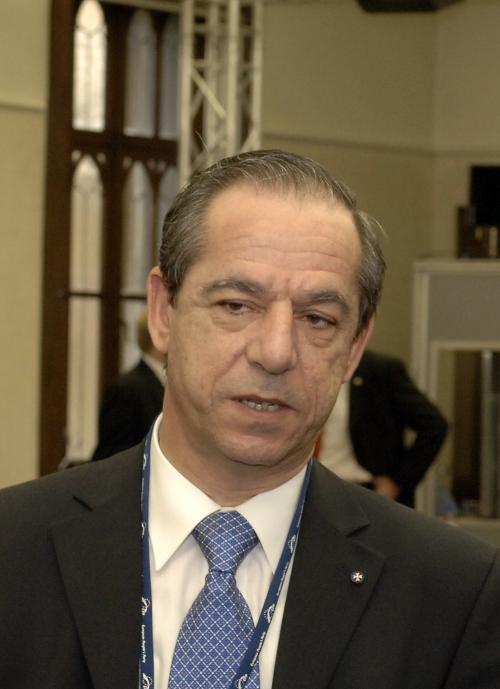 Lawrence Gonzi, MaltaPhoto: Wergheld CC 2.0 Generic no changes made
Lawrence Gonzi, MaltaPhoto: Wergheld CC 2.0 Generic no changes made
After Eddie Fenech Adami stepped down as Prime Minister in March 2004 after a political career spanning more than 28 years - a month later he was named President of the Republic by Parliament - a new PN government was formed under former Deputy Prime Minister and Minister of Social Affairs Lawrence Gonzi. In the race for leadership, he won handsomely from Finance Minister John Dalli and Education Minister Louis Galea. In the new cabinet, Dalli became Foreign Minister, a post that became vacant with the departure of Joe Borg, who became Malta's first Commissioner in Brussels. After confidence in Dalli was seriously eroded in the spring of 2004 due to alleged corruption, he submitted his resignation to Prime Minister Gonzi in July 2004. The then Secretary of State Michael Frendo, an outspoken Europhile, succeeded Dalli as Foreign Minister.
The European Parliament elections and the parallel Local Councils on 12 July 2004 changed Malta's domestic political landscape. For the first time in six years, Prime Minister Gonzi's ruling PN suffered a political defeat, with the MLP scoring 48%, while the PN received only 41% of the vote. This was partly due to the fact that almost 10% of voters cast a protest vote for the Green AD. As a result, three of Malta's five MEP seats went to Labour (then deemed anti-European) and only two to the PN, the party that had actually brought Malta into the EU. The MLP also made gains in almost all municipalities in the March 2005 local elections.
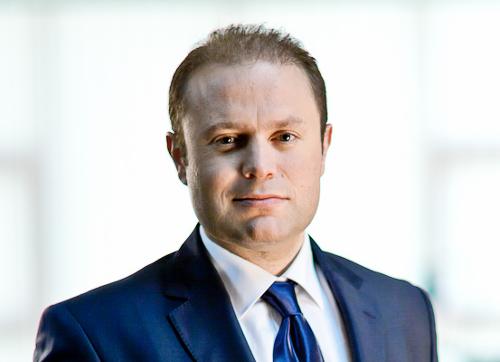 Joseph Muscat, MaltaPhoto: Aron Mifsud Bonnici CC 3.0 Unported no changes made
Joseph Muscat, MaltaPhoto: Aron Mifsud Bonnici CC 3.0 Unported no changes made
Despite the political divisions, Malta's political parties have come closer together in their attitudes towards Europe. In a demonstration of unprecedented political unity, during the night of 6-7 July 2005, the MLP voted unanimously in Parliament in favour of a motion by the PN to assent to the Constitutional Treaty for Europe. The MLP thus demonstrated that it had largely revised its anti-European stance. On 1 January 2008, the euro was officially introduced as legal tender. In March 2008, the PN narrowly won the elections. The incumbent president since 2009 has been George Abela. In March 2013, Labour won the elections and Joseph Muscat became Prime Minister. In June 2017, Muscat was re-elected in the parliamentary elections. In 2019, Georg Vella is elected as the 10th President of Malta.
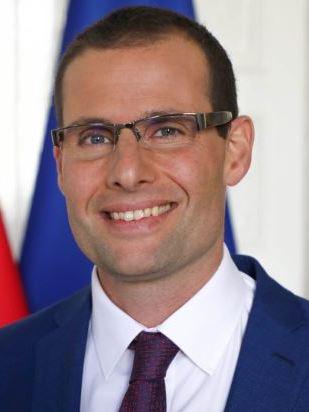 Robert AbelaPhoto: Deadsite 22 CC 4.0 International no changes made
Robert AbelaPhoto: Deadsite 22 CC 4.0 International no changes made
Joseph Muscat will have to step down in January 2021 in favour of Robert Abela as a result of the scandal surrounding the murder of investigative journalist Daphne Caruana Galizia, who was investigating corruption and fell victim to a car bomb in 2017 under dubious circumstances.
In March 2022, the ruling Labour party, led by Abela, won its third successive election.
Sources
Boulton, S. / Malta
Kosmos
Cutajar, D. / Malta en Gozo
Publications Ltd.
Encarta Encyclopedie
Leeuwen, G. van / Malta
ANWB
Strijbos, E. / Malta en Gozo
Gottmer
CIA - World Factbook
BBC - Country Profiles Minbuza
Copyright: Team The World of Info